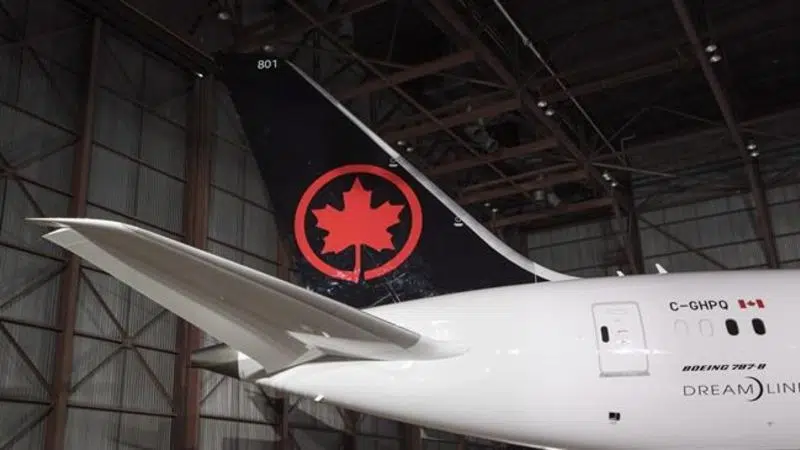
Aviation experts question security, passenger safety after woman left on plane
Aviation experts are raising security and passenger safety concerns after a woman was left sleeping on a parked Air Canada aircraft with the lights turned off and crew gone.
“It was just a total screw up,” said Ross Aimer, CEO of Aero Consulting Experts and a former airline captain, of the woman’s ordeal.
Tiffani Adams fell asleep during a roughly 90-minute Air Canada flight from Quebec City to Toronto, according to a friend’s recounting of the experience in a Facebook post on the airline’s social media page.
When Adams woke up a few hours after the flight landed, she realized she was alone on a dark plane. Her phone died shortly after, so Adams found a flashlight in the cockpit and attempted to send an SOS signal through one of the plane’s windows.

